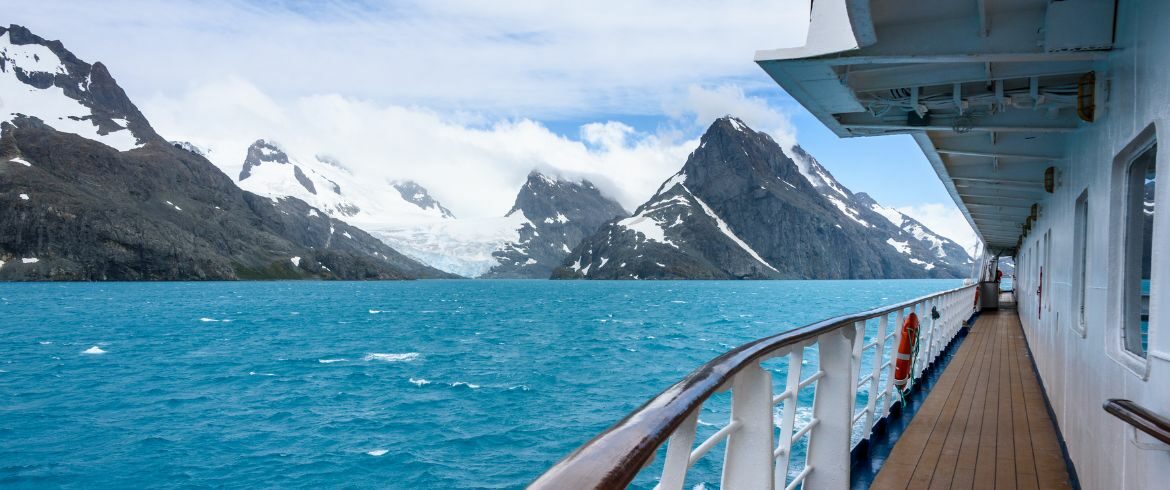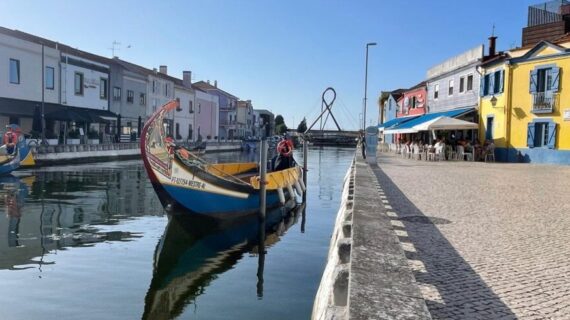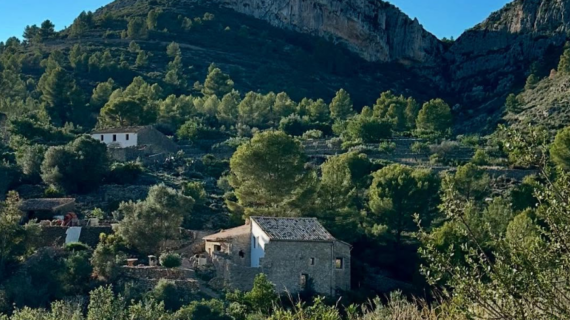Environmentally aware tourists should simply NOT go to Antarctica. They simply need to set an example by taking Antarctica off their travel lists. On the southernmost continent, you can see huge patches of emerald smooth ice that has been shaped by the wind almost as if as if it were carved from marble it in a mysterious way. There is a plethora of picture-perfect icebergs, wonderous whales, and regally proud ’emperor penguins’. The impression this place leaves on tourists and travellers alike is of the mysteriously magical place out of this world. One is simply intoxicated by the light there.
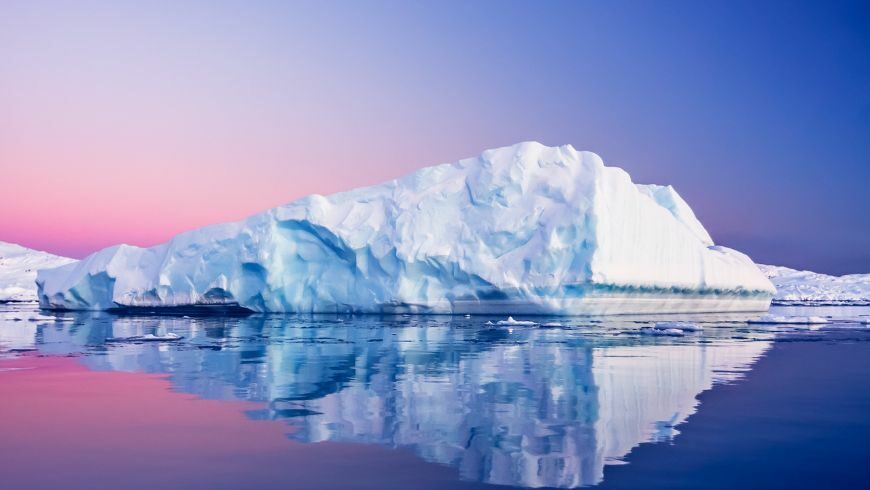
Swarms of travellers are attracted to Antarctica on a regular basis. Their sense of adventure makes them go in the hope of seeing: the spectacular scenery, the wondrous wildlife. Mercifully, one cannot see: cars, buildings, hotels, towers, and such things there. All of the visitors cannot help forgetting the ‘deafening’ silence there. For most of the adventures, it is probably the quietest place they have ever been to.
All of these attractions are difficult to find anywhere else in the world. Perhaps they are bound to disappear in Antarctica as well any time soon. Apparently, the continent is melting; big chunks of ice seem to be falling into the ocean suddenly and prematurely. And just maybe too many people are on their travelling sprees in Antarctica than ever before. Should we put a halt to it?
Admittedly, there were only a handful of visitors each summer fifty years ago. Surprisingly enough this past season saw more than 100,000 tourists there, the majority of whom arrived there on cruises. Given the size of this land, that may not sound too high a number.
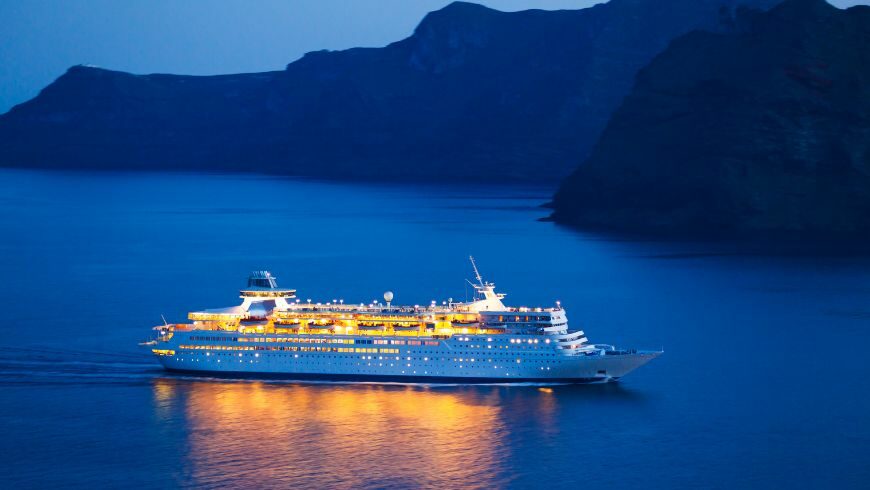
Yet that figure was also a record number as well—and a 40 percent increase over 2019–20. There was a near standstill in Antarctica tourism during the covid pandemic period, though scientists visiting the continent to study its life and destruction find a clear place there. Many thrill- seeking ‘adrenaline addicted’ adventurers consider it the “last-chance tourism”—a profound wish to see a place before it has vanished completely, even if they themselves possibly inadvertently contributed to its disappearance by travelling there in the first place rather than opting out. Regrettably, due to the climate change which places Antarctica in danger, the continent seems to be easier to visit. Ironically, the cruising season has been made longer thanks to the melting sea ice. Travel companies are finding it hard to cope with the capacity due to the high demands. Cruise companies keep launching new ships over the past couple of years. Some Antarctica travels are literally being “fast-tracked”. Travelers pushed for time may save a few days by flying directly to Antarctica by opting for business class.
The issue of overtourism is not new at all. Above all, Antarctica is designated as a global commons. Yet it is different from any other place in the world. It does not leave an impression of a national park packed with people but it likens the moon, or the geographical equivalent of people living in remote places out of touch of what is normally referred to as ‘the ‘civilization’. Antartica possesses its own uniqueness and singularity because it is relatively wild with abundant peace and quiet and as such it is the last of its kind. And because Antarctica is different, we should treat it differently: We should do everything in our power to allow the last pristine and untouched landscape to remain that way.
Admittedly, traveling to Antarctica is a carbon-intensive activity. Means of transport such as airplanes and cruises normally cross thousands of miles in severe weather conditions, and in doing so exacerbating the problems of climate change . This eventually brings about the ice loss and it also puts whales, seals, and penguins in danger. Some estimates suggest that roughly speaking, the carbon footprint for a person’s Antarctic cruise can be similar to the average European’s output for a year, because cruise ships cause heavy pollution and tourists have to fly such far distances. Almost all types of travel and means of transport pose these problems to a great extent. But “this type of tourism involves a higher percentage of carbon footprint than other types of tourism” This seems to be indicated by researchers in the field of Antarctic travel.
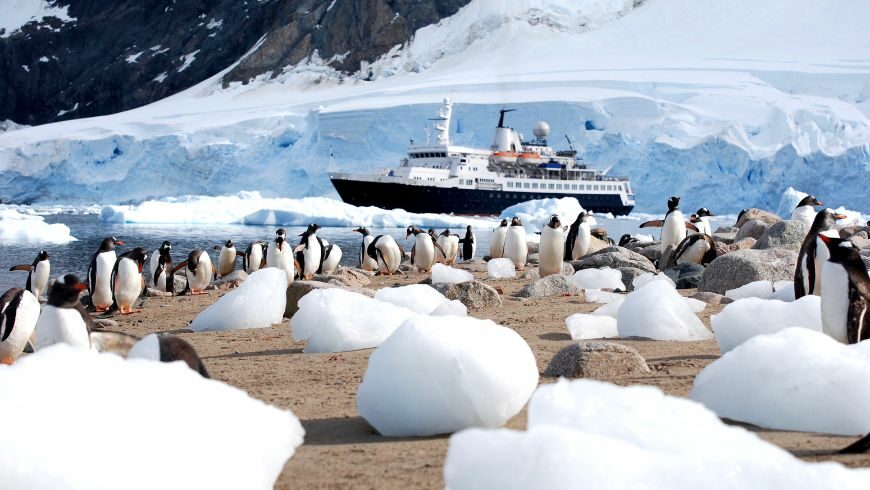
Antarctic tourism also endangers an already fragile ecosystem. Snow melting is accelerated by the ship engines which deposit soot. Flora can be destroyed by hiking. It can take more than a decade to regrow in the harsh environment. Humans pose a huge risk because they tend to bring disease and invasive species along with them. Some animal species such as penguins get stressed out by the presence of humans, which could affect the breeding of local animals native to Antarctica and further afield.
Though taking into consideration that tourism gains popularity every day, there is a fierce competition among companies to offer high-contact travelling experiences which provide more excitement than just endless and tedious gazing at glaciers from the ship decks.
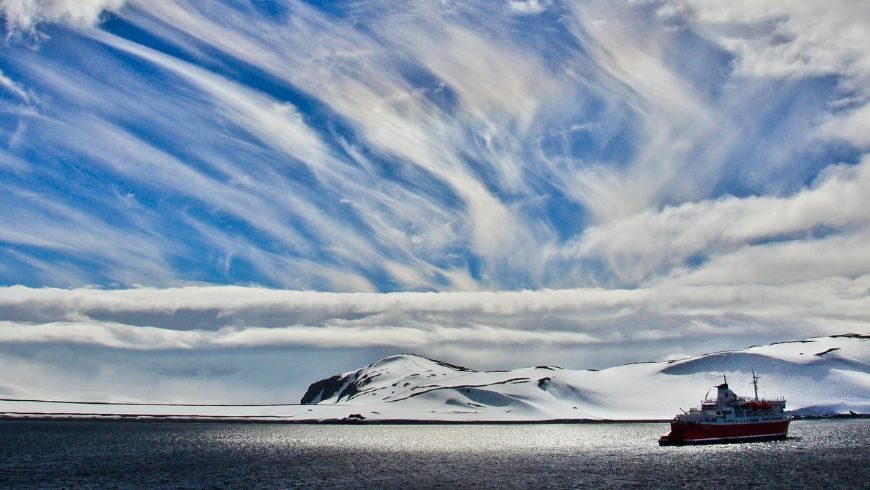
A recent study revealed that less than a third of the continent is still ‘picture perfect pristine’ with no record of humans ever visiting it. Those untouched areas do not include Antarctica’s areas with the highest levels of biodiversity; like wildlife—and often because of wildlife—people prefer to gather in places that are not coated in ice. With the arrival of growing number of tourists, who opt to go deeper into the continent so as to avoid seeing or meeting other tourists and engage in a wider range of activities, those pristine areas will inevitably be reduced. The legal regulations as regards tourism are still somewhat loose and arbitrary though mining on the continent has been banned. Heavy fuel oil is not allowed to be used by ships either. The problem is that there is no single central authority or legal body in charge of the tourism industry. There are some rules and regulations though that visitors are obliged to abide by such as: to keep a distance from wildlife, remaining on established, designated paths, to clean and decontaminate their shoes so as to keep novel bacteria and bugs at bay etc. Because tour operators visit the same sites repeatedly, they can notice changes in the landscape or wildlife populations and inform the experts.
A lot of effort has been made to minimise environmental pressure and crowding, modern-day tourists have been urged to think twice about visiting a number of beautifully tempting places: Then again, there are the locals in these tourist places who also have their due right to earn their livelihoods off tourism globally as well.
That issue doesn’t exist in Antarctica. It is the rare place that still belongs to nature because it does not have human residents. It is actually most valuable to us when left wild, so that it can continue to act as a ‘no go zone’ to stave off climate change.
Some people tend to support their views with an argument that tourists become ambassadors for the continent—that is, for its protection and for environmental change. This line of thinking might come across as praiseworthy but it is not supported by extensive research by unbiased experts. Regrettably , quite the opposite is true because it has proven that Antarctic tourists become ambassadors for more tourism to a great extent.

Author: Eco-English with Natasha
